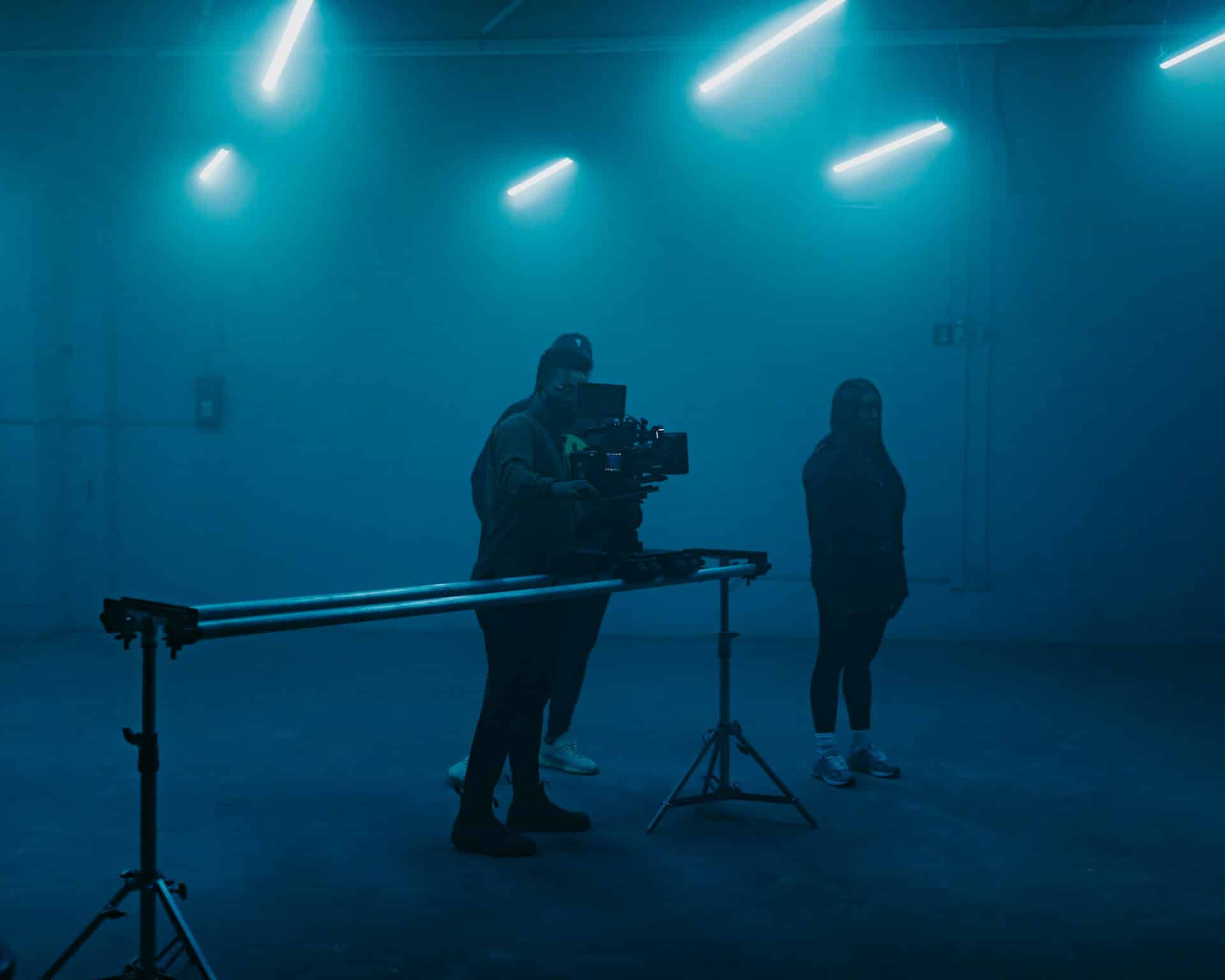You’ve realized your dream: a home music studio in your apartment. Your instruments are ready, your recording equipment is set, and your creative juices are flowing. But there’s one obstacle standing between you and your symphony – noise. With the right soundproofing, you can minimize external sounds that disrupt your recording sessions and prevent your music from disturbing your neighbors. In this guide, we will delve into effective methods of soundproofing an apartment for a home music studio. We’ll cover walls, ceilings, floors, doors, and even touch upon acoustic panels and drywall. So brace yourselves, because we are about to take a deep dive into the world of soundproofing.
Soundproofing the Walls
Walls are major conduits for sound transmission. Your neighbors’ conversations, the traffic below, even the hum of appliances, can seep into your studio, disturbing your music-making process. Soundproofing the walls of your music studio is, therefore, a vital step to create a serene space for your creativity to thrive.
Avez-vous vu cela : What’s the Best Way to Create a Personalized Home Office for a Graphic Designer?
The first approach to soundproofing walls is adding density. The denser the material, the harder it is for sound waves to pass through. One of the most used materials for this purpose is drywall. Two layers of drywall with a layer of Green Glue, a noise-proofing compound, in between can drastically reduce noise transmission.
Another method is decoupling. This involves creating a gap between the wall and the sound source to disrupt the path of sound waves. There are several ways to achieve this, including using resilient channels or constructing a room within a room.
Lire également : What’s the Best Approach to Building a Treehouse that Complies with Local Regulations?
The use of acoustic panels is another common method for wall soundproofing. These panels absorb sound waves, preventing them from bouncing off the walls and creating echo. They come in various materials, sizes, and designs that you can choose to fit your studio’s aesthetic.
Soundproofing the Ceiling
Sound has an annoying habit of traveling upwards. If you have upstairs neighbors or simply want to avoid the echoes bouncing off your ceiling, soundproofing it should be a priority.
One option is to hang acoustic clouds. These are basically acoustic panels suspended from the ceiling that absorb sound and prevent echo. Alternatively, you can use acoustic ceiling tiles that can be directly mounted onto the ceiling surface.
Another approach is adding mass. Similar to wall soundproofing, you can add layers of drywall to your ceiling to reduce noise transmission.
Soundproofing the Floor
What’s underfoot counts too. Soundproofing the floor is essential to reduce the impact noise produced when objects hit the floor, such as footsteps or falling objects.
The most effective way to soundproof a floor is by using a floating floor system. This involves the use of a layer of soundproof material, such as a rubber mat, between the floor and a new layer of flooring.
Carpeting is another effective method. Carpets, especially those with thick underlay, can absorb impact noise and reduce the echo in the room. For a music studio, consider a high-density carpet pad that provides both comfort underfoot and superior sound absorption.
Soundproofing the Door
Doors, especially hollow-core ones often used in apartments, can let in a lot of unwanted noise. Soundproofing your studio door is as important as soundproofing the walls, ceiling, and floor.
One of the simplest ways to soundproof a door is by using weatherstripping tape. This adhesive material seals the gaps around the door, reducing the space through which sound can travel.
Another method is using a door sweep or a draft stopper. These are placed at the bottom of the door and block sound from entering or exiting the room. You can also consider replacing your hollow-core door with a solid-core one for better sound insulation.
Acoustic Treatment
After soundproofing, it’s time to enhance the audio quality within your studio. This is where acoustic treatment comes in. It regulates sound within your space, ensuring that your recordings are as clear as possible.
Bass traps are used in the corners of the room where low-frequency sounds build up. They absorb these low-frequency waves and prevent them from muddying your recordings.
Diffusers scatter sound waves, creating a balanced sound field in your studio. They help reduce echo without overly deadening the sound.
Remember, while you may not be able to completely eliminate all noise, with these soundproofing strategies, you can significantly reduce unwanted sounds and create a conducive environment for your music. No longer will you be at the mercy of your surroundings, instead, you’ll have a space where your creativity can thrive, undisturbed.
Implementing Window Inserts and Damping Compounds
The windows within your music studio pose another considerable challenge. Sound waves can easily transmit through the glass and disrupt your recording process. Likewise, your music can disturb the peace of your neighbors. To circumvent this, window inserts are an effective solution.
Window inserts are secondary windows that are installed inside the existing window cavity. They create an air gap between the two panes of glass, which significantly helps in minimizing sound transmission. These inserts can be made from acrylic or laminated glass, with the latter being more effective but also more expensive.
In addition to window inserts, a damping compound can also be used. This compound adds mass to the window, thereby reducing the window’s ability to vibrate when hit by sound waves. It’s an easy and cost-effective way to further boost the soundproofing of your music studio.
Aside from using window inserts and damping compounds, it’s also recommended to use thick, heavy curtains to help muffle any sound that does get through. Opt for curtains made of dense materials like velvet or wool for maximum sound absorption.
Additional Sound Isolating Techniques
Aside from the aforementioned soundproofing methods, there are several other techniques that can further enhance the sound isolation in your music studio. One of these techniques includes the use of mineral wool. Mineral wool is a type of insulation that’s highly effective at blocking sound. Placing a layer of mineral wool within your studio’s walls or ceiling can provide an additional barrier against noise.
Another technique is using resilient channels. Resilient channels are thin metal channels that are used to create a separation between the drywall and the stud. This separation creates an air gap that can help reduce sound transmission.
Lastly, consider using mass loaded vinyl (MLV). This is a thin yet heavy material that, when added to walls, floors, or ceilings, can significantly improve sound isolation. MLV works by adding mass to a structure, thereby making it harder for sound waves to pass through.
Conclusion
Creating a soundproof room for your home music studio in an apartment might seem like a daunting task, but with the right tools and techniques, it becomes entirely achievable. Whether it’s using acoustic panels and foam for sound absorption or installing window inserts and resilient channels for sound isolation, each method plays a significant role in ensuring your studio soundproofing is effective.
It’s important to remember that while you may not eliminate all external noise, the goal is to significantly reduce it to create a conducive environment for your music. With these measures in place, you can concentrate on producing high-quality sound without worrying about disturbing others or being disturbed.
Remember, a well-soundproofed music room not only improves your recording’s sound quality but also allows your creativity to flourish. So, whether you’re a seasoned professional or a budding musician, investing time and effort into soundproofing your home studio is undoubtedly worthwhile. Happy recording!






